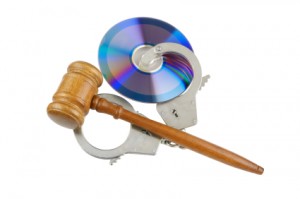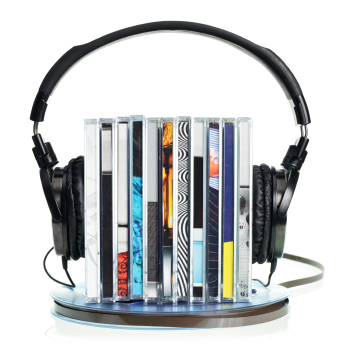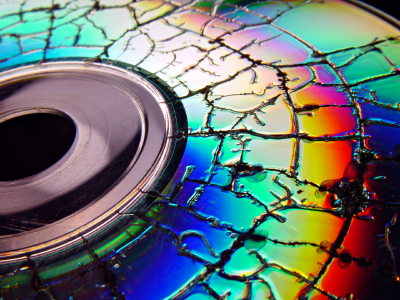If you have the need to duplicate a large quantity of CD’s or DVD’s you have the option to let a professional company such as Duplication Centre take care of the job, or invest in a CD duplicator yourself. However before rushing out to buy a CD duplicator and printer there are a number of factors that need to be taken into consideration.
Firstly you need to consider hardware issues of the machinery available. After a short period of usage the speed of the drives will need to slow down as they settle and bed in. Although the maximum speed may be for instance 52X, in order to reduce the number of failed discs this process is slowed down.
It’s also possible that the robotic arm could jam or incorrectly pack discs in the machine causing it to stall midstream through the job.Ink level reporting is a problem for many machines on the market.A lot of duplication and printing machines are inaccurate at showing the real ink level in cartridges. This means you may end up throwing away a half-empty cartridge or run out of ink half way through a job, wasting discs in the processes.It also possible that the inkjet nozzles could become blocked during the print run. This leaves white lines on the print and wasted CDs. The machine will not stop automatically if the quality of print deteriorates.
Cost-efficiency over quality of end result could also be a factor to consider. If consistency and quality of colour is important then the only option may beto use expensive brand cartridges to print onto the discs. Even then, depending of the compatibility of ink to printable CD surface there may be a chance that certain colours bleed into each other (particularly black and yellow). Notably, the ink used in these printers is water soluble. This means the printed disc can smudge easily either by the wipe of a moist figure or the drip of a coffee on the disc. This problem can be solved by lacquering after printing of using “watershield” discs instead; both options add additional costs to the process.
On a basic level if you wanted printing for example 500 CDs using a single all-over colour, considering a single tri-colour cartridge last only 40 discs, combined with an output of 25 discs an hour, it would appear to be a slow and expensive process.
As a professional duplication company we deal with these issues for you and we want to copy your discs for you. Using the serves of Duplication Centre could save you a lot of headache and unnecessary expanse, and our service is not only inexpensive but we deliver fast.






